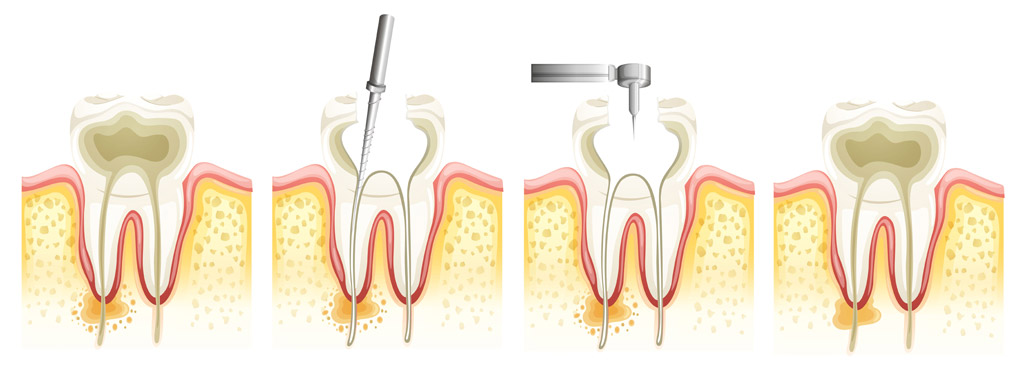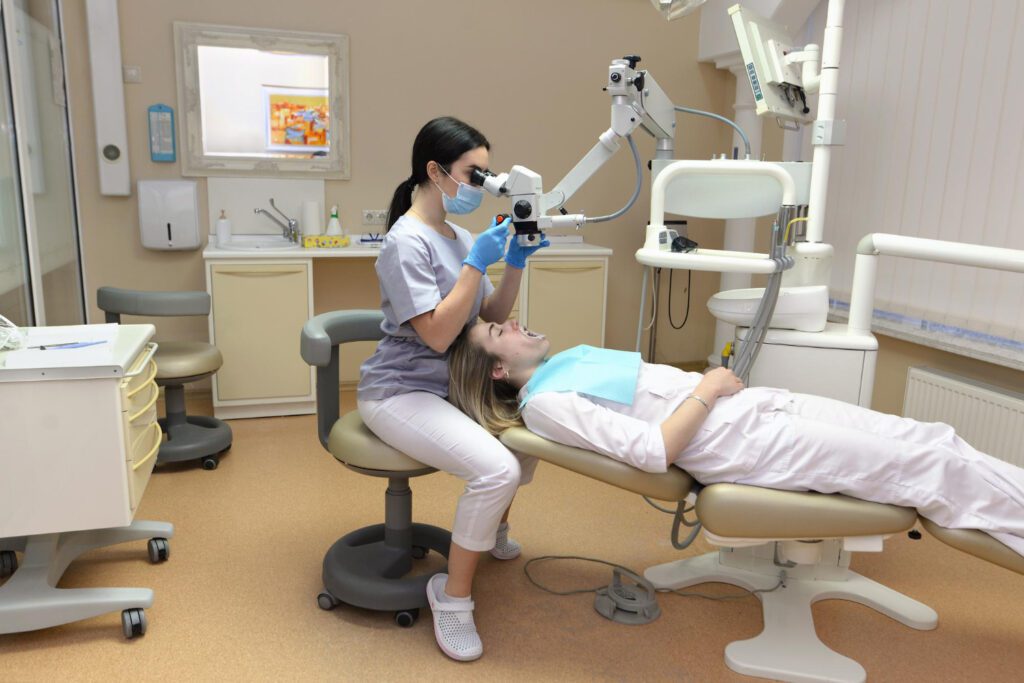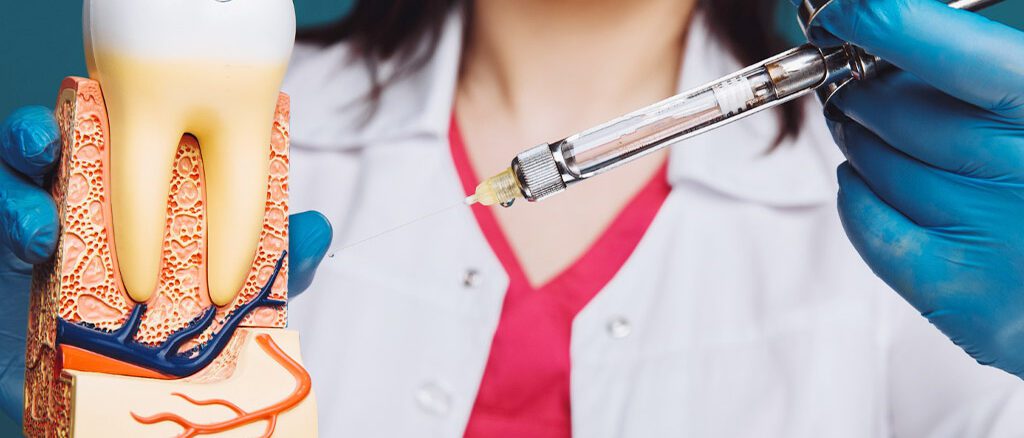Canal Treatment
Canal treatment is primarily done so that a tooth can continue to function again as a result of excessive decay or infection. Canal treatment, the nerve and pulp of the decayed or infected tooth are definitely removed. The decayed part of the tooth is cleaned and filled again. Canal treatment is a very important operation performed by dentists.
What is Root Canal Treatment?
Without knowledge of the structure of the tooth, it will be meaningless to know the root canal treatment. In the structure of the tooth, there are Enamel, Dentin and Pulp layers. The mentioned order is made from outside to inside. This sequence forms the 3 main parts of the tooth. The root canal, found in the structure of each tooth, is the name given to the space in the center of the tooth. The soft tissue inside the root canal is called pulp. The pulp is filled with blood vessels and nerves that play an important role in the nutrition of the tooth.
Canal treatment is one of the most important factors that prevents the tooth from losing its function and being pulled out. Before this treatment, which has been widely used recently, it was directly extracted when the teeth became decayed or infected. On the other hand, root canal treatment cleans the infected pulp layer again and restores it to the structure of the tooth.
During the canal treatment, the nerves in the pulp are removed during the cleaning process. However, after this procedure, the tooth can be used without any problems. The reason for this is that the nerves in the pulp layer of the tooth only give the feeling of hot and cold in adults. Other than that, it has no known important function.
When the layers of the tooth are damaged, the tooth usually becomes infected because bacteria begin to grow inside the tooth. Except for the infection, sometimes the tooth can also make an abscess. The pus accumulated in the root of the tooth is called an abscess. Tooth decay and abscess can cause tooth loss and bone loss when left untreated.

How Long Does Root Canal Treatment Take?
While Canal treatment is sometimes handled in one session, sometimes it can be solved in two sessions. This is due to the decay of the tooth. In addition, it can rarely be seen that root canal treatment is completed in three sessions. A person must be an endodontist or dentist in order to perform root root canal treatment. Endodontists are dentists who specialize in root canal treatment.
The first step in performing Canal treatment is x-rays to see the condition of the root canals. Thanks to this x-ray, if there is any bone infection around the decayed tooth, this can also be seen. After this procedure is completed, local anesthesia is performed by the specialist doctor. Thanks to local anesthesia, the patient does not feel any pain as the tooth and the nerves around it are numbed. After the tooth and its surroundings are numb, a waterproof material is placed on the area around the tooth by the doctor. The purpose of this is to prevent the tooth and its surroundings from getting wet.
Then, a hole is made in the tooth in order to reach and treat the infection in the tooth. Infection and bacteria that have formed in the tooth are cleaned with the help of a tool inserted through that hole. In addition, the nerve tissue inside the tooth is also removed. In order to canal treatment, the hole opened in the tooth is enlarged. In order to widen the hole in the tooth, a tool with a structure like a rasp is used. In this way, the tooth is not damaged much. This stage of root canal treatment is called canal filing. Since there is no nerve in the tooth during filing, pain is not felt naturally. During this treatment, water and sodium hypochlorite components are poured into the mouth at intervals in order to clean the parts left in the mouth. Thus, no residue is allowed to form in the mouth.
After the Canal treatment is completed, the hole opened into the tooth should be closed. However, dentists are divided on this issue. One side argues that the hole in the tooth should be closed on the same day, while the other side says that the hole should be closed temporarily and if no problems are detected after 1 week, it should be closed completely. A kind of rubber compound is used to close the hole in the tooth. Closing the hole in the tooth is a very important issue in order not to fill the hole with dirt and bacteria, and to protect the strong structure of the tooth.
Before closing the hole in the tooth, it is checked whether the inside of the hole is dry. After that, the depth of the channel is measured. If the rubber material placed in the hole overflows from the hole, the excess parts are cut off. This rubber material closes the main hole of the duct, but it will be insufficient to prevent the leaks that will enter inside. Therefore, the closure of the hole is reinforced with various mixtures. After the root canal treatment is completed, the decay in the tooth is also treated. This process is more commonly known as filling. After the filling process is applied to the caries in the tooth, the durability and permanence of the root canal treatment increases. After all the procedures are completed, the patient can go home on the same day.

Things to Consider After Root Canal Treatment
For this reason, root canal treatment is sometimes a one-session treatment process, but in some cases, it can be delayed to the second or third session. In such cases and after the root canal treatment is completed, there are some important issues that patients should pay attention to. These topics are listed below:
If the Canal treatment has prolapsed in the second or third session for any reason, the tooth to be treated should use the treated tooth less frequently until the end of the treatment.
Even if the process of the tooth for which root canal treatment is done, absolutely nothing should be eaten or drunk for at least a few hours.
Until 3 to 4 days after the root canal treatment of your tooth, it is absolutely necessary to stay away from hot and cold foods and drinks compared to normal.
After the treatment, teeth should be brushed regularly every day. If brushing was done to a person, the person should continue with the same routine.
If dental floss or mouthwash has been given by a dentist or endodontist, it should definitely be used. Otherwise, it will be possible to experience the same problems in other teeth.




